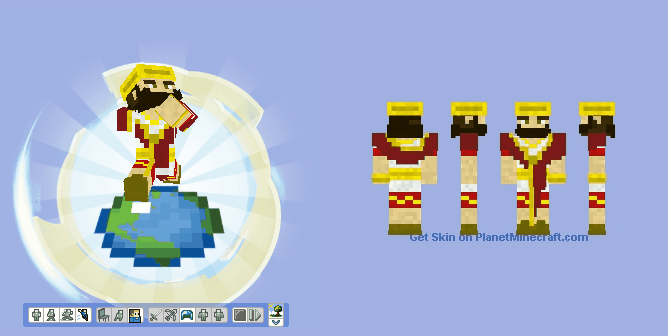
3D Artifact, Architectural & Landscape Modeling
The visual representation of archaeological artifacts and excavation contexts is fundamental to archaeological analysis. Two-dimensional (2D) technical drawings are an integral part of the discipline. Early on, 3D reconstructions were sometimes used as a way to bring the archaeological remains “to life” and making simple two-dimensional plans understandable to all. Yet, their influence on archaeological interpretation has only recently gained attention with the rapid growth of computerized and 3D visualization methods.
Current technologies and software now allow us to develop new ways to explore data, and present it in new and frequently dramatic ways. Visualization techniques can also be used for 3D renderings of artifacts as well as architecture. For instance, the 3D model of the Zincirli citadel allows people to visualize the city of Sam’al in ways that cannot be done with simple 2D published plans and explore it interactively. A variety of objects can be seen and examined from all angles, irrespective of their size and their present location.
While the idea of creating 3D visualizations of archaeological remains is attractive, the cost of the software, technology and training are often prohibitive. As a result, large-scale 3D reconstruction of archaeological remains have remained out of reach for most projects. CRANE 1.0 sought to change this by developing workflows and tools using free and open source software that will allow researchers and students with moderate computer skills to undertake the complex visualization.
CRANE 2.0 will devote research groups to studying the use of 3D modeling and visualization. The first research group will further investigate the use of photogrammetry, modeling, rendering and animation software (working with CRANE partner, Autodesk, and others) to create complex 3D models of objects, architecture and landscapes, and the utilization of 3D modeling of built environments to analyze patterns of movement and visibility.
CRANE 2.0 will also develop unique interactive approaches with these reconstructed landscapes through the use of gaming platforms that will enable exploration within an interactive, real-time environment, and the development of AR/VR applications that will enhance on-site visitor experiences, including visualization of site reconstructions, and facilitate off-site learning and public engagement.
Minecraft is the second best-selling video game of all time. Partnerships between educators and publishers have already produced numerous archaeological reconstructions in Minecraft which provide players to learn about ancient cultures through communicating with NPC’s (Non-Player Characters), and explore concepts of architecture and the use of space in monumental landscapes while discussing what they learn with each other.
Terrain data and various 3D models already constructed during CRANE 1.0 will be imported into Minecraft, focusing on the Iron Age settlements of the Orontes Valley. This process will continue with the development of new models, NPC’s and avatars with an educational storyline to teach players about the Iron Age civilizations of the Orontes Valley.
These engaging and interactive visualizations can be used as educational, public outreach and cultural heritage management tools. They can also be used as research tools to examine spatial arrangements, or how spaces may have been experienced by the individuals who built and used them.







Minecraft NPC (Non-Playing Character) of King Şupiluliuma of Walastin, who will teach players about important historical aspects of Kunalua (Tell Tayinat)

MeshLab




AMBIERA
COOPERCUBE 4
TM

